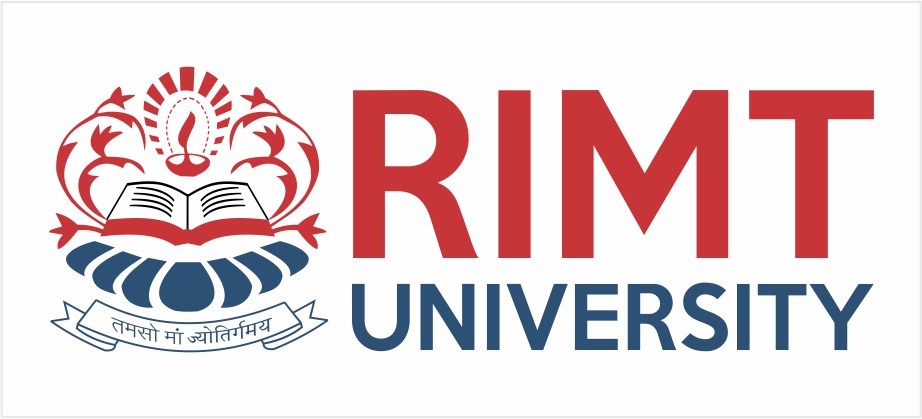About Programme
B.Sc. Medical (Anatomy, Physiology, Biochemistry) program offers a comprehensive exploration of the human body at its most fundamental levels. This interdisciplinary program delves into the intricate structures of the body (Anatomy), how these structures function (Physiology), and the chemical processes that underpin life (Biochemistry). Students gain a deep understanding of the human body in health and disease, studying everything from cells and tissues to organ systems and their interactions. This program provides a strong foundation for careers in healthcare, research, and other related fields, equipping students with the knowledge and critical thinking skills necessary for success in a rapidly evolving medical landscape.
Eligibility & Admission
Pass in 10+2 Science Stream with 50% aggregate marks in PCB.
| PROGRAM FEE | AMOUNT |
|---|---|
| Application Fee (One Time) | 1,000/-INR |
| Registration Fee (One Time) | 15,000/-INR |
| Security (One Time – Refundable) | 8,000/-INR |
| Semester Fee | 50,000/-INR |
Career Opportunities
B.Sc. Medical (Anatomy, Physiology, Biochemistry) degree provides a strong foundation in the life sciences, opening doors to diverse career opportunities in various sectors.
- Research Scientist/Technician: Graduates can work in research labs in universities, hospitals, or pharmaceutical companies, contributing to studies in areas like disease mechanisms, drug development, or physiological processes.
- Laboratory Technician/Manager: Managing and performing laboratory experiments, analyzing data, and ensuring quality control.
- Clinical Research Associate (CRA): CRAs are involved in the planning and execution of clinical trials, monitoring patient safety and data integrity.
- Healthcare Administrator: Managing and overseeing the operations of healthcare facilities, including hospitals, clinics, and medical offices. A strong understanding of human physiology and disease processes is beneficial in this role.
- Public Health Professional: Working in public health agencies to promote health and prevent disease in communities. Knowledge of anatomy, physiology, and biochemistry is relevant for understanding disease transmission and developing effective interventions.
